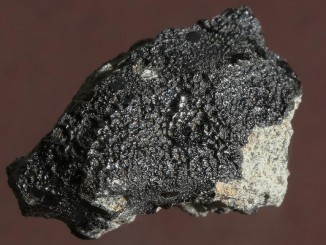NASA’s Curiosity Mars rover took a break last month from studying the geology of Mars, snapping a series of images that were stitched together to form a spectacular 360-degree panorama showing the view from the rover’s perch atop Vera Rubin Ridge on the lower slopes of Mount Sharp.

“The panorama includes umber skies, darkened by a fading global dust storm,” the Jet Propulsion Laboratory said in a web-page description. “It also includes a rare view by the Mast Camera of the rover itself, revealing a thin layer of dust on Curiosity’s deck. In the foreground is the rover’s most recent drill target, named “Stoer” after a town in Scotland near where important discoveries about early life on Earth were made in lakebed sediments.”
Vera Rubin Ridge is proving to be a treasure trove of geological data.
“The ridge isn’t this monolithic thing — it has two distinct sections, each of which has a variety of colours,” said Ashwin Vasavada, Curiosity project scientist. “Some are visible to the eye and even more show up when we look in near-infrared, just beyond what our eyes can see. Some seem related to how hard the rocks are.”
A successful drilling on the ridge on 9 August was particularly welcome given two earlier attempts were blocked by unusually hard rocks.
Curiosity landed in Gale Crater six years ago on 6 August 2012. After two more drill samples later this month, Curiosity will begin driving toward an area higher up the slopes that is rich in clay and sulphate minerals.



